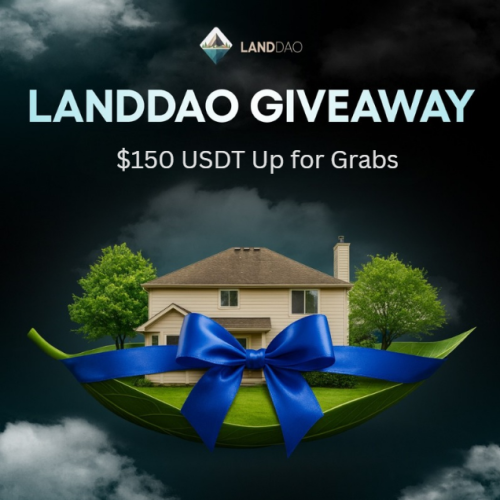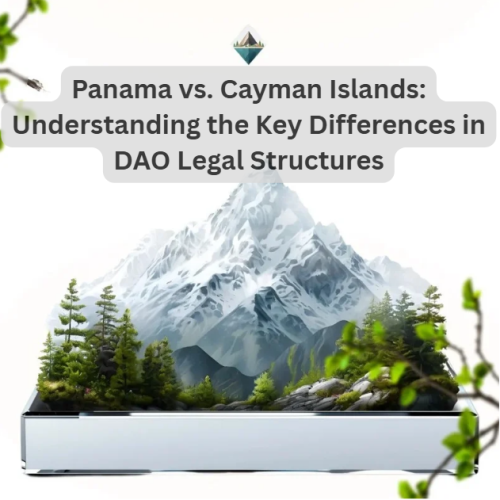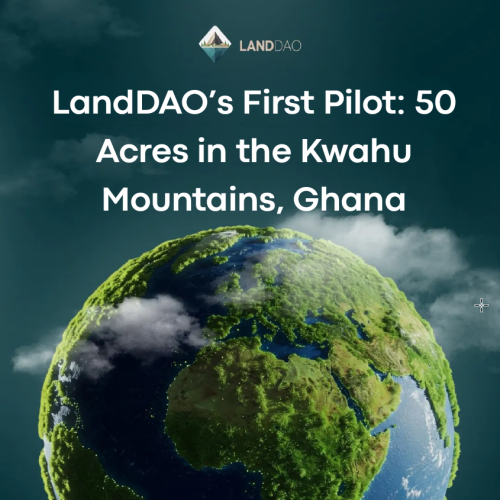Land ownership has long been considered one of the most valuable assets, but traditional real estate markets often come with high barriers to entry, slow transactions, and legal complexities. LandDAO ($LNDAO) is changing that by tokenizing real-world land assets (RWA) and making them accessible on the blockchain.
For investors interested in LandDAO, understanding how the platform generates revenue is key. A sustainable revenue model ensures growth, reinvestment, and long-term success. LandDAO operates with five primary revenue streams, allowing the DAO to remain financially strong while offering profitable opportunities to token holders.
1. Primary Sales: Profiting from Tokenized Land Sales
At the heart of LandDAO’s revenue model is the sale of tokenized land assets. The process starts with acquisition, where LandDAO buys large parcels of real land in strategic locations. The land is then improved, adding infrastructure such as roads, electricity access, and land demarcation, to increase its value.
When investors purchase these tokenized parcels on the LandDAO marketplace, the DAO earns revenue from the primary sale. This process benefits both the DAO and investors, as it allows for easy land ownership without the complexities of traditional real estate.
Example: LandDAO acquires 500 acres of land, improves the property, and tokenizes it into 1,000 land parcels. Investors can buy and trade these tokens, and the DAO generates profit from the initial sale.
2. Recurring Leasing Fees: Turning Land into a Passive Income Source
Not all lands in LandDAO’s portfolio are sold immediately. Some parcels, especially agricultural lands, are leased to farmers and agribusinesses. This ensures steady revenue flow while allowing businesses to use the land productively.
Leasing fees are collected periodically, providing passive income to the DAO while creating real-world economic value. By leasing land rather than outright selling it, LandDAO secures long-term revenue and maintains ownership over valuable assets.
Example: A commercial farm leases 100 acres from LandDAO for 10 years, paying annual lease fees. These recurring payments generate stable income for the DAO and its token holders.
3. Marketplace Fees: Earning from Every Land Trade
LandDAO operates a decentralized marketplace where investors can buy and sell tokenized land. Every time a transaction occurs on this platform, LandDAO collects a 3.5% marketplace fee.
This fee structure incentivizes trading activity while ensuring a continuous revenue stream for the DAO. Since tokenized land can be bought and sold without the delays of traditional real estate transactions, the marketplace fosters liquidity and frequent trading.
Example: An investor sells their land token for $10,000 on the LandDAO marketplace. A 3.5% fee ($350) is collected by LandDAO, adding to its revenue.
4. Secondary Transaction Royalties: Benefiting from Resales
Even after the initial sale, LandDAO continues to earn from land trades through secondary transaction royalties. A 2% royalty fee is applied whenever a land token is resold, ensuring the DAO benefits from continued market activity.
This model is inspired by NFT royalties, where creators earn from resales of digital assets. In LandDAO’s case, royalties ensure ongoing revenue generation beyond primary sales, strengthening the DAO’s financial position over time.
Example: A tokenized land parcel initially sold for $5,000 is later resold for $7,000. LandDAO earns a 2% ($140) royalty fee from this secondary transaction.
5. Annual Land Management Fees: Covering Operational Costs
Managing a large land portfolio requires maintenance, legal oversight, and security measures. To cover these ongoing operational costs, LandDAO charges a 0.25% annual land management fee.
This fee helps fund land upkeep, property security, governance operations, and compliance processes, ensuring all land assets remain valuable and tradeable. Without this fee, land investments could depreciate due to mismanagement, but LandDAO ensures each parcel is properly maintained and legally protected.
Example: A large-scale farm leased from LandDAO requires periodic inspections, security, and infrastructure maintenance. The 0.25% annual fee helps cover these costs, ensuring long-term sustainability.
The Future of Land Ownership Starts Here
Want to be part of the future of tokenized land? Subscribe now to receive exclusive updates and early investment opportunities with LandDAO.
Join the LandDAO Token Sale Waitlist for First Access to the $LNDAO Token Sale.





1 Comment
Long-term model looking solid.